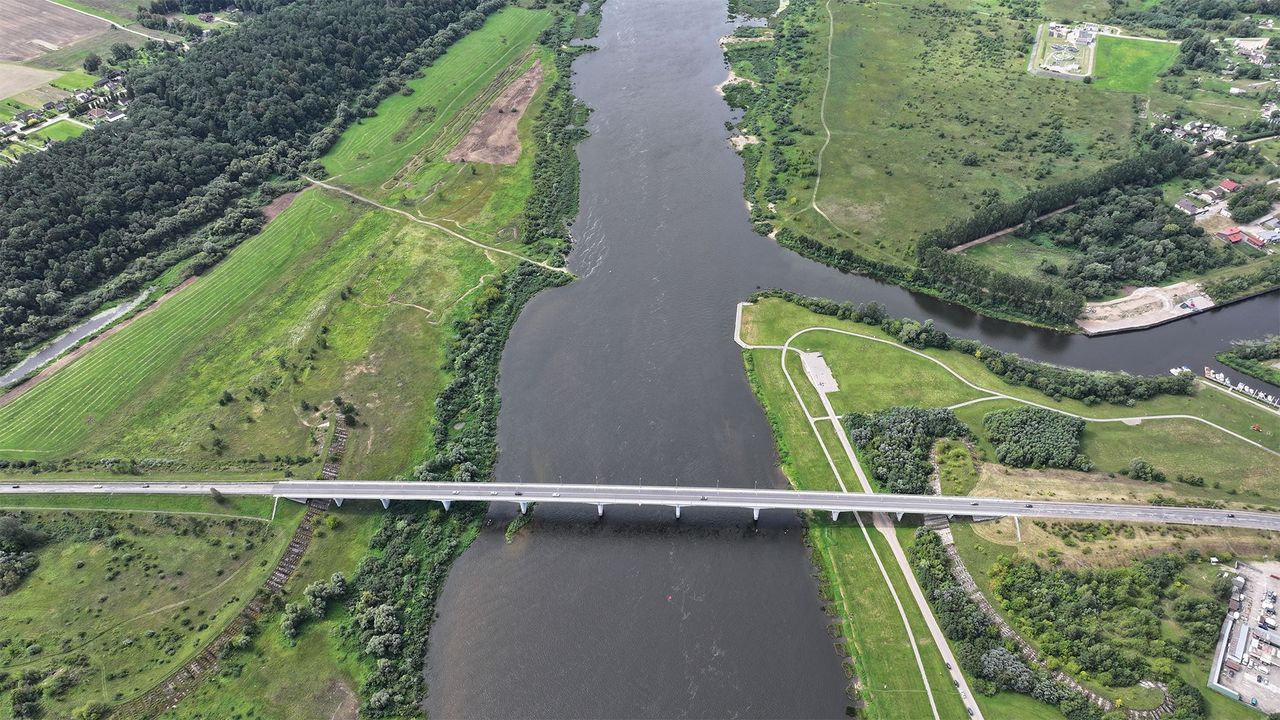
The Scenic Road That Saved Europe's Banned Language
In the heart of Europe, amidst stunning landscapes and rich cultural histories, lies a scenic road that has become a beacon of hope for a language once teetering on the brink of extinction. This is not just any road; it is a lifeline that has revived a banned language, breathing new life into the communities it connects and the heritage it preserves.
A Road Less Traveled
The winding path of this scenic road weaves through remote villages and picturesque towns, each with its own unique charm and story. Years ago, these communities were isolated, not only geographically but also culturally. Their language, a symbol of their identity, was banned and suppressed, relegated to the whispers of the older generation.
But the construction of this road changed everything. Suddenly, what were once forgotten corners of the world became accessible. Tourists, historians, and linguists began to travel along this route, drawn by the beauty of the landscape and the allure of discovering a hidden cultural gem.
Cultural Exchange and Economic Opportunities
The influx of visitors brought with it a wave of economic opportunities. Local businesses flourished as tourists spent money on accommodations, meals, and souvenirs. This economic boost was not just a short-term benefit; it had a profound impact on the community's psyche. With newfound financial stability, residents felt empowered to invest in their cultural heritage.
Artisans began to create products that reflected their unique linguistic heritage. Shops prominently displayed goods featuring the traditional language, from handwoven textiles to intricately carved trinkets. Restaurants added dishes named in the local tongue, and cafes became hubs of cultural exchange where locals and tourists alike could immerse themselves in the language.
A Spark for Local Initiatives
The road's development did more than just bring visitors; it ignited a spark within the community. Residents were inspired to take active measures to preserve and celebrate their language. Festivals dedicated to the linguistic heritage sprang up along the route, drawing larger crowds each year. These festivals became showcases of traditional music, dance, and storytelling, all performed in the native tongue.
Additionally, the scenic road led to the installation of bilingual signage, making the language visible and accessible to everyone who traveled its length. This simple yet powerful move reinforced the language's presence in everyday life, ensuring that it was not just a relic of the past but a living, breathing part of the community's identity.
Educational Programs and Youth Engagement
Perhaps the most significant impact of the scenic road has been on education. Schools in the area began to incorporate the local language into their curricula. Teachers, many of whom were native speakers, took pride in passing down their linguistic heritage to the next generation. Language classes became a core part of the educational experience, and students eagerly embraced the opportunity to learn and use their ancestral tongue.
Educational programs extended beyond the classroom. Community centers offered language workshops and immersion courses for both residents and visitors. These programs fostered a sense of pride and belonging among young people, who previously may have felt detached from their cultural roots.
The Language of the Road
The road itself became a symbol of the language's revival. It was more than just a means of transportation; it was a narrative thread that connected the past, present, and future. Travelers along this route were not just sightseeing; they were participating in the preservation of a living culture.
Stories of the language's resurgence spread far and wide, attracting linguists and cultural enthusiasts from around the world. Academic studies documented the remarkable turnaround, providing valuable insights into how infrastructure can play a role in cultural preservation. Researchers noted that the combination of economic opportunity, cultural pride, and educational initiatives created a sustainable model for reviving endangered languages.
A New Dawn for the Banned Language
Today, the language that was once banned is thriving. It is spoken with pride in homes, schools, and businesses. The scenic road that facilitated this revival stands as a testament to the power of connectivity and cultural exchange. It serves as a reminder that even in the face of adversity, a community's spirit and identity can endure and flourish.
In conclusion, the scenic road has done more than provide a physical connection between remote communities; it has been instrumental in reviving a banned language, ensuring its place in the cultural landscape of Europe for generations to come. Through economic opportunities, cultural initiatives, and educational programs, this route has transformed from a mere pathway into a lifeline for linguistic heritage.


0 Comments